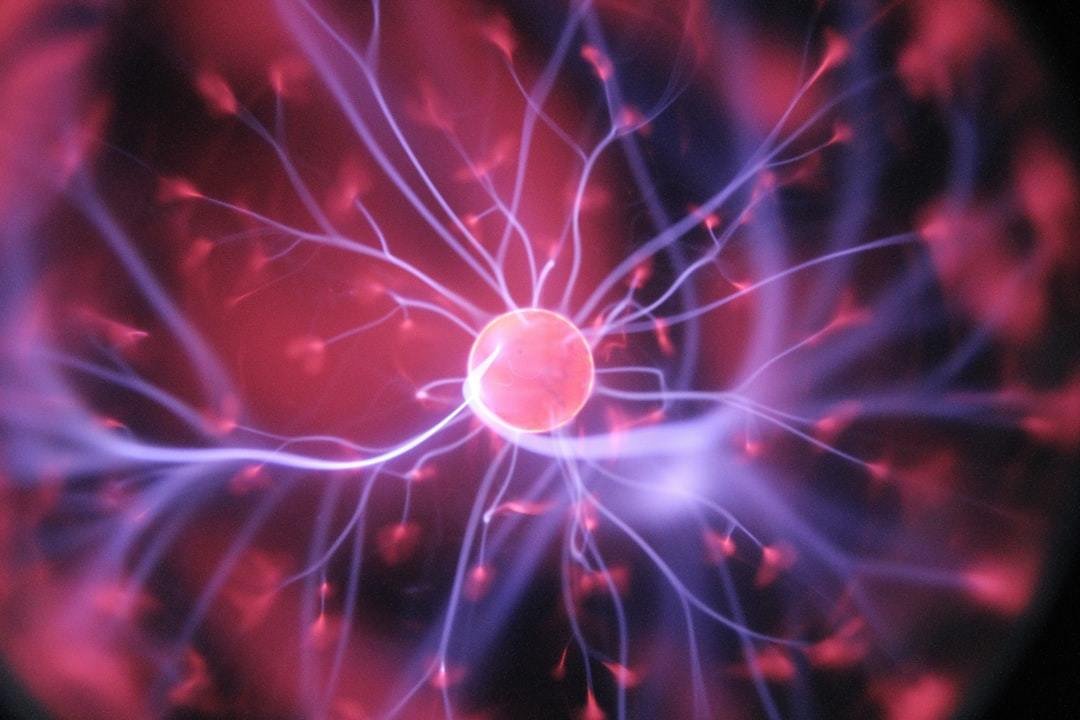The Benefits of Optogenetics Stimulation

When light is used in a way that is non-invasive to control remotely neuronal cells it creates great opportunities in neurophysiology. Optogenetics stimulation of cells that are electrically excitable is highly ranked to microelectrodes classical activation. The reason behind this, is to its increased spatial and high resolution. Optogenetics stimulation is achievable by the use of compounds that are caged including caged glutamate and caged ATP where substrates that depolarize ion channels are transported to membranes and the pulses of UV light activate photolabile cage that is chemical in the millisecond and micro scale of time. An approach that is improved to this, is the chemical photo switches application attaching to ions channels, which permit the depolarization of cells in a manner that is reversible with high spatial and temporal resolution. In addition to that, the approach of optogenetics provides future potential for basic researching because silencing and nerve excitation can be done easily by light with precision that is high and in a way that is reversible. The microbial rhodopsin has been demonstrated already being tolerated in the living mammal brain without impairments that are obvious. In this regard, the research focuses on neurological diseases. Therefore, the benefits of optogenetics stimulation have a potential that is promising for gene therapy as discussed below.
Firstly, the optogenetic stimulation method is offering new opportunities in analyzing networks of neural. This is achievable by the growth of nerve cells that are cultured on nano patterned and micro substrates. Cells can be silenced or simulated easily by a light-beam is which is referred to spatial precision. In addition to that, the brain and behavior is mapped. Since light stimulation can be used to in controlling neurons remotely, several laboratories have begun projects to map the living animals’ brain. For more details click here.
An approach that is improved to optogenetic stimulation, is the chemical photo switches application attaching to ions channels, which permit the depolarization of cells in a manner that is reversible with high spatial and temporal resolution. In addition to that, the approach of optogenetics provides future potential for basic researching because silencing and nerve excitation can be done easily by light with precision that is high and in a way that is reversible.
In conclusion, optogenetic stimulation can be used in gene therapy in future. Through transduction of cells in the human retina, which has been successfully performed on the eye of a human in curing some diseases, the missing retinal isomerase is replaced. Check out for more wireless leds.
See more here: https://youtu.be/Xdds5xPDiVQ.
